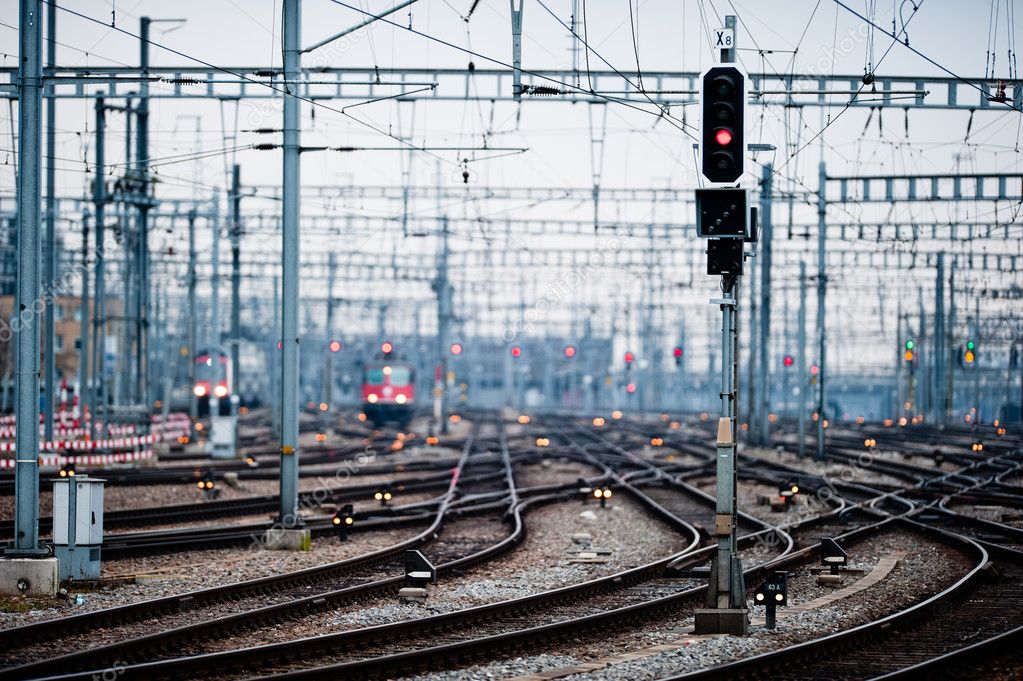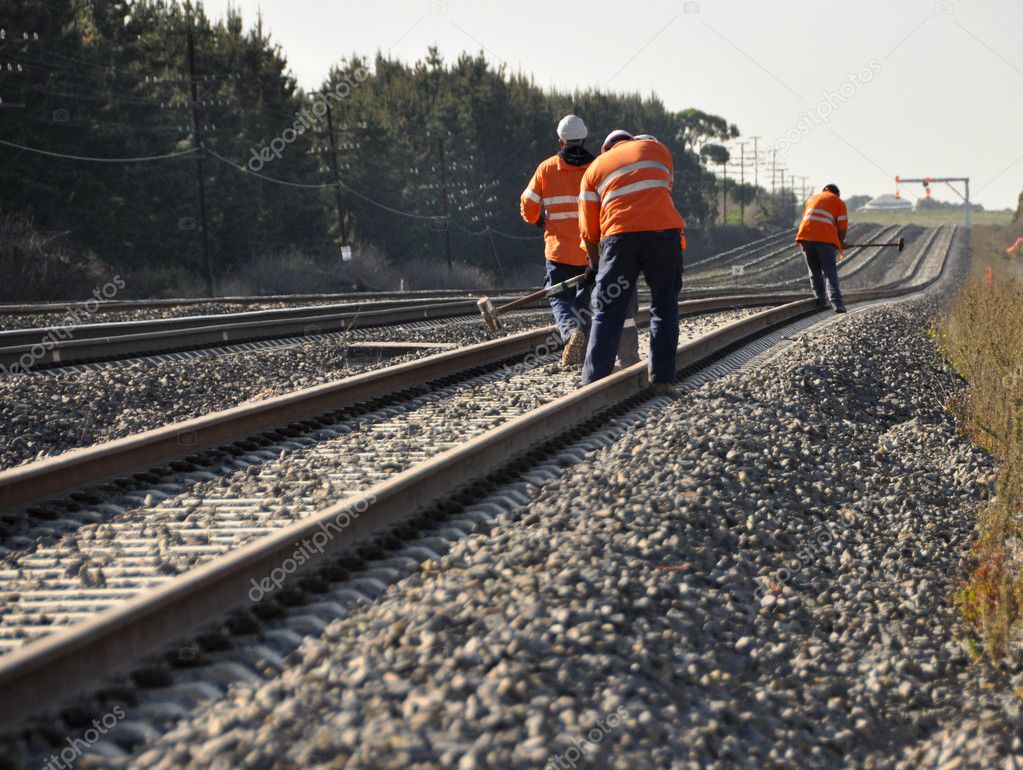Australia’s economy has largely arisen from a number of disparate industries: mining, tourism, cattle farming, construction, to name a few big players. But behind all of these industries, since the dawn of the 19th century, sits Australia’s railway network. Serving every sector of the economy in some fashion, whether as freight or passenger transport, railways have long been the silent companion that makes everything else function smoothly – but they’re starting to become outdated. An October 2020 report from the Australasian Railway Association (ARA) estimated that $155 billion of rail investment is planned over the next 15 years to modernise our national and state railway networks and open up Australia’s eastern interior to broader access for all industries. In this blog we’ll examine some of the challenges that these plans will face, the many benefits that will arise from their completion, and some of the ways that Kurloo will help push these upgrades forward. Let’s take a look.
Upgrading and Integrating Old Infrastructure
The clearest problem to be dealt with is ageing rail infrastructure. From tracks that are degrading to unsafe quality, to overhead lines that are made redundant by advances in power transmission technologies, to the flattened foam in the seats of the passenger lines, just about every aspect of Australia’s rail infrastructure – especially outside of major cities – needs to be evaluated. Much of it can be repurposed, however, and smoothly integrating old systems with new is a key engineering hurdle – one that Kurloo helps solve. With remote monitoring that regularly checks structural integrity and stability, Kurloo’s sensors help engineers pinpoint exactly when and where they need to focus their upgrading efforts, massively reducing time spent on analysis and surveys.

Climate Change
As climate change makes itself increasingly apparent, floods, fires, and droughts will all have heavy impacts on railway upgrades. From rails warping from heat, to eroded track beds from excessive rainfall, to networked IT systems failing due to overseas events, anything can happen at any time. Sensors like Kurloo are built specifically to help combat erosion problems: being able to detect geological shifts while they’re still minor will help address issues before they cause harm to people or infrastructure. Plus, they eliminate the need for visual inspections in potentially dangerous environments, helping keep workers safer. Climate change is obviously a much larger problem than the ARA or the Australian Federal Government are able to solve alone, but proceeding consciously of the risks and potential impacts that severe climate events could have will be key to all plans for our railway upgrades.
Derailments & Collisions
The more things change, the more they stay the same. Derailments and train collisions are still the primary safety concern for railway authorities, no matter how technology advances. While some causes like landslips are pure accidents and thus tough to predict and address, there are more readily mitigated problems that are solvable. Damaged rails or wheels on rolling stock, for example, are already seeing innovative solutions like trackside monitoring that alerts operators as soon as a fault is detected. Inspection and maintenance schedules, too, are an easy way to keep railways healthy, and are becoming easier through the use of sensors like Kurloo that are able to detect shifts in the rail structure down to the millimetre.
In conclusion, there is much work to be done to bring Australia’s railway networks up to the Governments’ and the ARA’s desired standards – and as with all work, each problem solved is a problem gained. We here at Kurloo know that our offerings can provide unique solutions to many of the issues that will face the railway industry in the coming years. If you’d like to read more about those solutions and how they’re already implemented by industries all over Australia, head over to kurloo.io.
